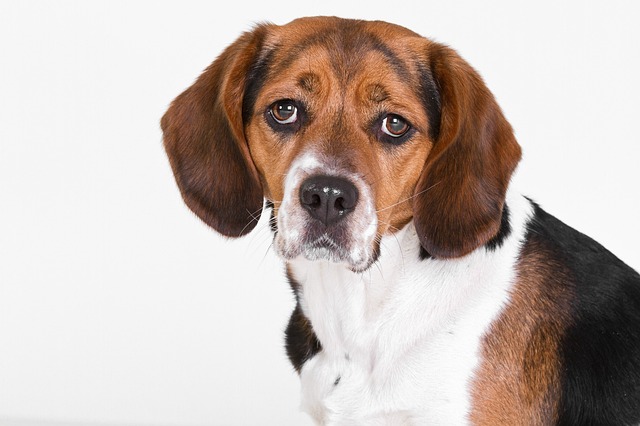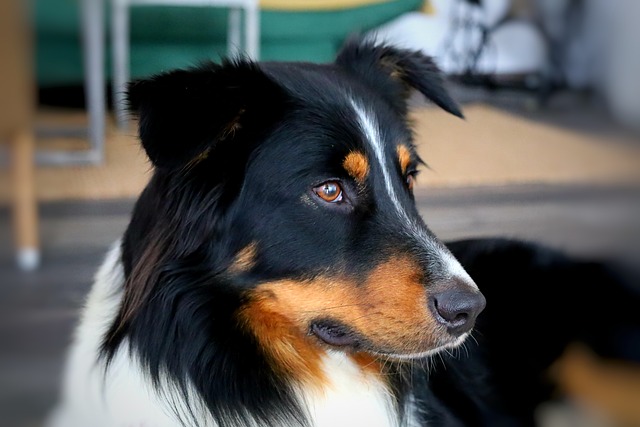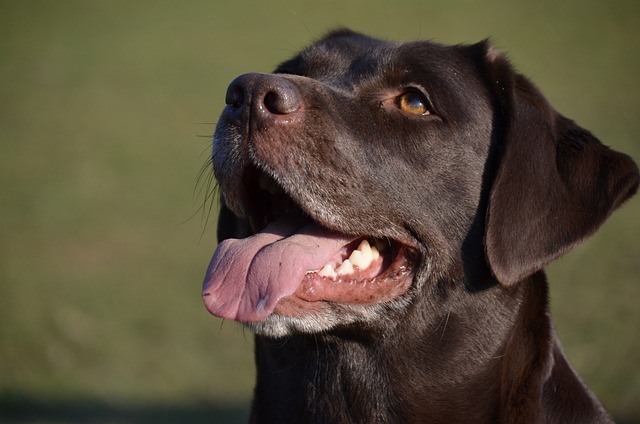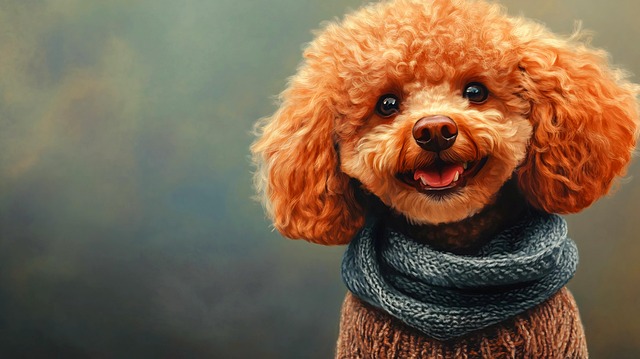Training dogs to defecate at a fixed point in the yard can not only keep the home environment clean, but also cultivate good living habits for dogs. This requires scientific methods and patient companionship. The following will explain in detail how to let dogs learn to defecate at a fixed place in the yard.
Establishing a tacit training with dogs begins with a deep understanding of their physiological laws. The bladder and intestines of puppies are not fully developed, and the frequency of excretion is high. Usually, they will have a need to defecate within 15 to 30 minutes after eating. They often have the urge to defecate after waking up and playing excitedly. Although adult dogs have enhanced control ability, they still need regular defecation time. Understanding these characteristics is like getting the key to open the door to training, laying the foundation for guiding dogs to defecate at a fixed point in the yard in the future.
Selecting a defecation area in the yard is the key first step. This area should be relatively quiet and hidden to avoid excessive interference, such as the corner of the yard, next to the bushes, etc. At the same time, make sure that the ground material is acceptable to the dog. Soft textures such as sand and lawn will make the dog more willing to defecate here. After selecting the area, you can make some appropriate marks, such as placing some old newspapers stained with dog urine, and use their keen sense of smell to make the dog feel familiar and identify with this area.
 When taking the dog to the defecation area in the yard, you need to choose the right time. Follow the physiological laws mentioned above, call the dog in a gentle and firm tone after eating and waking up, and lead it to the selected defecation area. After arriving, don't rush to leave, quietly accompany the dog, give it enough sense of security and space to focus on defecation. If the dog shows preparatory movements before defecation, such as sniffing around and turning in circles, keep quiet at this time, don't disturb it, and avoid distracting it. Once the dog has finished defecating in the designated area, give enthusiastic praise and rewards immediately. You can stroke its head, say "good dog" in a joyful tone, and reward it with its favorite snacks, so that the dog can establish a conditioned reflex of rewarding defecation in this area in a pleasant atmosphere.
When taking the dog to the defecation area in the yard, you need to choose the right time. Follow the physiological laws mentioned above, call the dog in a gentle and firm tone after eating and waking up, and lead it to the selected defecation area. After arriving, don't rush to leave, quietly accompany the dog, give it enough sense of security and space to focus on defecation. If the dog shows preparatory movements before defecation, such as sniffing around and turning in circles, keep quiet at this time, don't disturb it, and avoid distracting it. Once the dog has finished defecating in the designated area, give enthusiastic praise and rewards immediately. You can stroke its head, say "good dog" in a joyful tone, and reward it with its favorite snacks, so that the dog can establish a conditioned reflex of rewarding defecation in this area in a pleasant atmosphere.
During the training process, it is inevitable that the dog will not defecate in the designated area. When you find that your dog is about to defecate in the wrong place, don't yell at it or punish it, because the dog may not understand why it is being punished, but will develop fear or anxiety about defecation, which will affect the training effect. You can interrupt it in a gentle way, such as calling its name gently, and then quickly take it to the designated defecation area, and patiently wait for it to finish defecating before giving it a reward. For feces that have been discharged in other parts of the yard, it should be cleaned up in time, and a special pet deodorizer should be used to completely eliminate the smell to prevent the dog from defecating in the same place again following the residual smell.
Continuous patience and persistence are the core elements of successful training. It is not easy for a dog to learn to defecate at a fixed point. It may take many repeated trainings, and even if it has learned it, it will occasionally make mistakes. At this time, you must not be discouraged or lose patience, and believe that every training is deepening the dog's memory. You can integrate training into the bits and pieces of daily life, such as taking the dog to the designated area of the yard regularly every day, so that it will gradually form a habit.
As the training progresses, the dog will gradually master the skills of defecating at a fixed place in the yard. During this process, you will see your dog grow from being ignorant to being skilled, from making occasional mistakes to being accurate. Each progress is full of trust and tacit understanding between you. When your dog can consciously defecate in the designated area of the yard, this sense of accomplishment not only means the success of the training, but also represents a stronger emotional bond between you and your dog. It has learned to understand your expectations, and you have also taught it new skills with love and patience, creating a clean and harmonious living environment together.
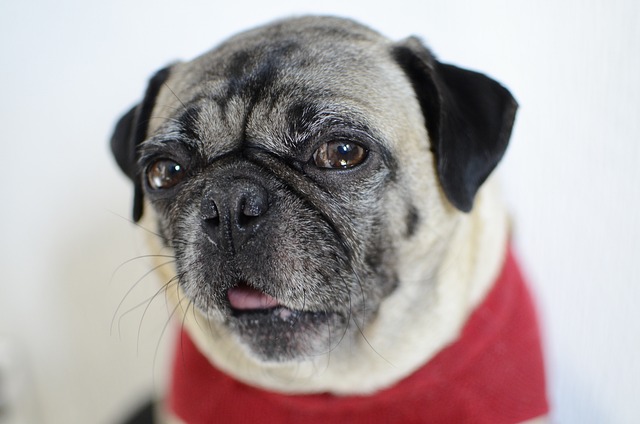
 When taking the dog to the defecation area in the yard, you need to choose the right time. Follow the physiological laws mentioned above, call the dog in a gentle and firm tone after eating and waking up, and lead it to the selected defecation area. After arriving, don't rush to leave, quietly accompany the dog, give it enough sense of security and space to focus on defecation. If the dog shows preparatory movements before defecation, such as sniffing around and turning in circles, keep quiet at this time, don't disturb it, and avoid distracting it. Once the dog has finished defecating in the designated area, give enthusiastic praise and rewards immediately. You can stroke its head, say "good dog" in a joyful tone, and reward it with its favorite snacks, so that the dog can establish a conditioned reflex of rewarding defecation in this area in a pleasant atmosphere.
When taking the dog to the defecation area in the yard, you need to choose the right time. Follow the physiological laws mentioned above, call the dog in a gentle and firm tone after eating and waking up, and lead it to the selected defecation area. After arriving, don't rush to leave, quietly accompany the dog, give it enough sense of security and space to focus on defecation. If the dog shows preparatory movements before defecation, such as sniffing around and turning in circles, keep quiet at this time, don't disturb it, and avoid distracting it. Once the dog has finished defecating in the designated area, give enthusiastic praise and rewards immediately. You can stroke its head, say "good dog" in a joyful tone, and reward it with its favorite snacks, so that the dog can establish a conditioned reflex of rewarding defecation in this area in a pleasant atmosphere.